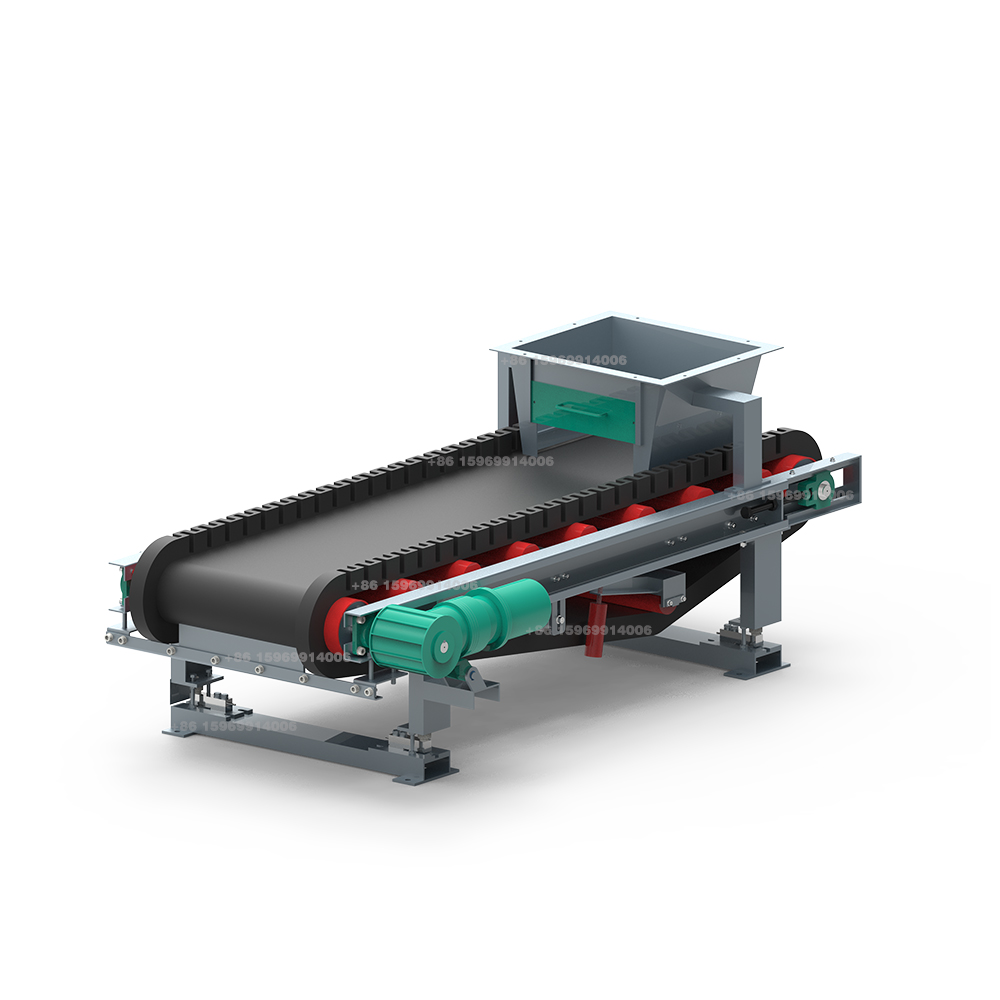Weighing Belt
The weighing belt is one of the key pieces of equipment in environmental shaft kilns, primarily used for precise measurement and continuous conveying of raw materials such as limestone. It is an essential component of the raw material conveying system, ensuring that materials enter the kiln at a stable ratio and flow rate, thereby guaranteeing the stability of the calcination process and the quality of the final product.
Main Functions of the Weighing Belt:
- Precise Measurement: Monitors and adjusts the conveying volume of raw materials in real time, ensuring accurate proportioning according to process requirements.
- Continuous Conveying: Transports raw materials from storage silos or conveying equipment to the kiln continuously and evenly, avoiding production interruptions.
- Automated Control: Integrates with the control system to enable automated operation, reducing manual intervention and improving production efficiency.
- Data Recording: Records data such as material conveying volume and speed, facilitating production management and optimization.
Working Principle of the Weighing Belt:
The weighing belt uses load cells and speed sensors to monitor the weight and conveying speed of raw materials in real time, transmitting the data to the control system. Based on preset process parameters, the control system automatically adjusts the belt speed to precisely control the material flow. The working process is as follows:
- Raw materials enter the feeding inlet of the weighing belt from storage silos or upstream equipment.
- Load cells measure the weight of the materials, while speed sensors monitor the belt’s operating speed.
- The control system automatically adjusts the belt speed based on the measured data to ensure the material is conveyed at the set flow rate.
- Materials are transported evenly and continuously into the kiln via the belt.


